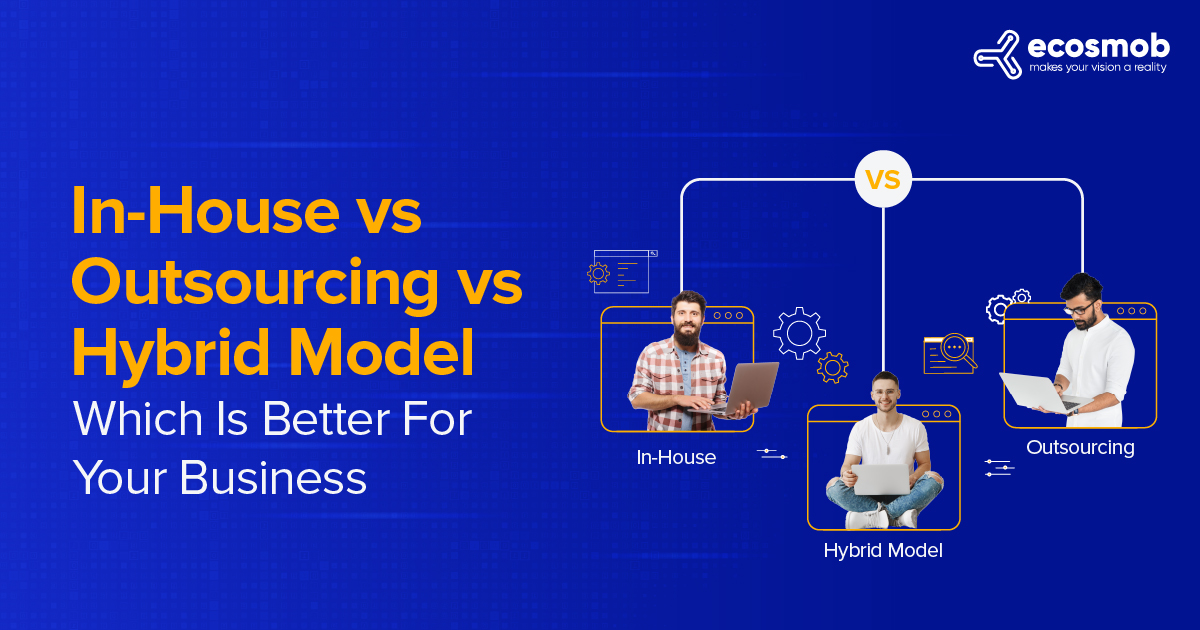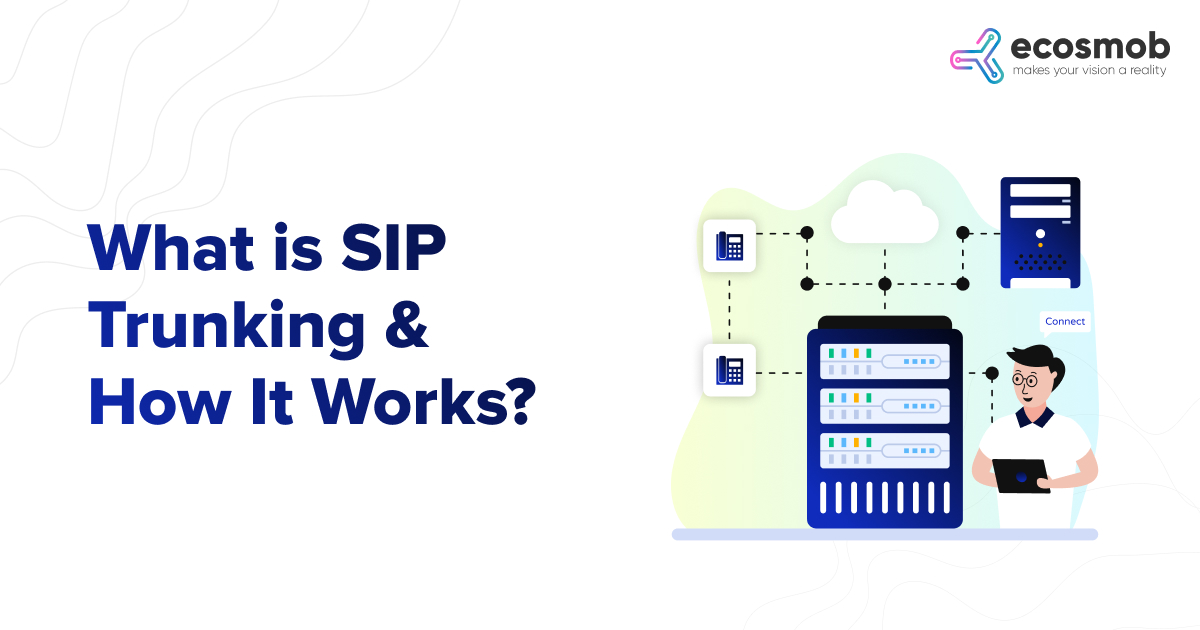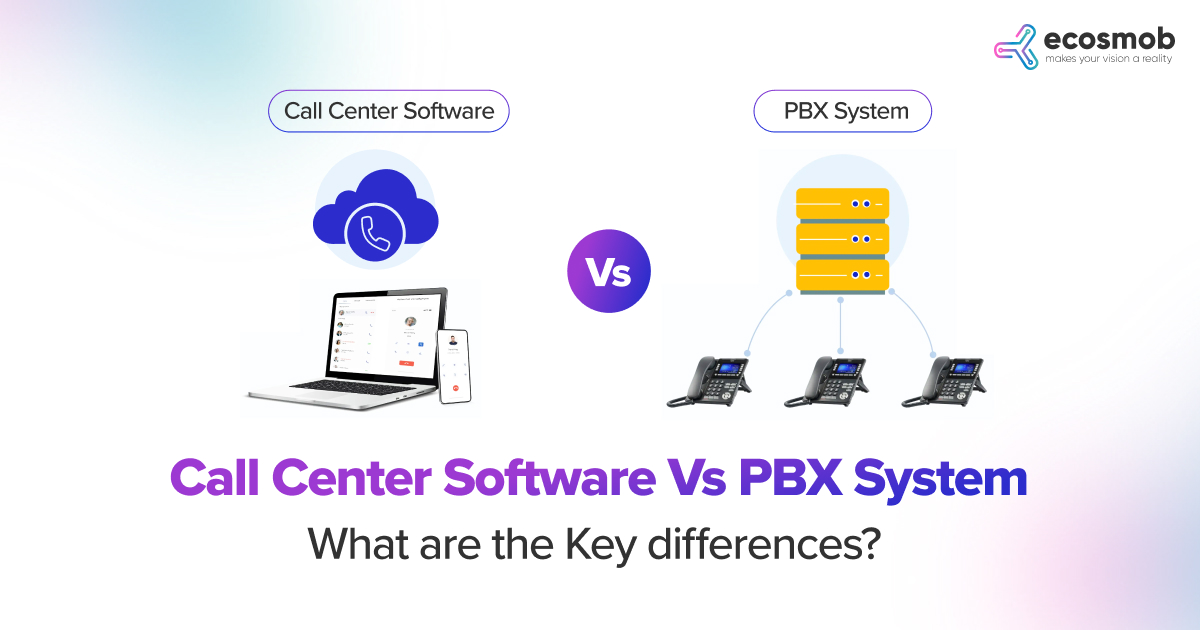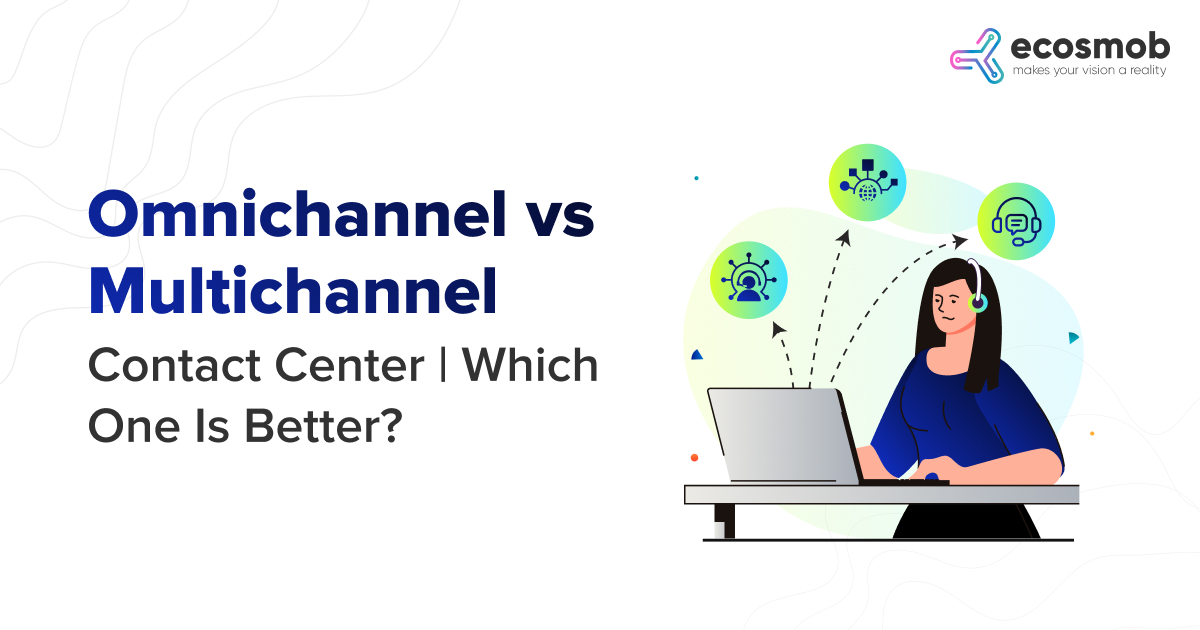The pace of digital transformation has accelerated substantially for most businesses since the lockdown. Our social lives, our jobs, and what little we still did for buying offline moved online. Companies had to race to integrate online as IT staff augmentation services discovered new methods.
For many of us, 2020 was an internally focused year. According to data from Zippia, the technology sector accounts for 35% of the global market.
However, as software development quickened in a controlled environment, the argument between in-house vs. outsourced work grew more nuanced. Hybrid solutions are necessary.
However, staying indoors during a pandemic may seem riskier than usual. Fixed costs are unpopular in a changing society, and increasing manpower seems even more irrational when offices are vacant, and employees work from the coffee tables.
That doesn’t negate the possibility of some deliberate in-housing, though. On the contrary, this might be the ideal time to address some of the numerous issues that plague brands as they go through IT staffing services. You only need the correct assistance.
What Options Do You Have To Hire Software Development Team
Outsourcing to hire software developers could be an ostensibly straightforward solution to your financial issues. Or you’ve been outsourcing and are now considering employing internally.
We are witnessing a new solution materialize and function reasonably well, much like any disruption or catastrophe. The customized, hybrid model, in which the client and the agency jointly implement based on the knowledge and capabilities the client already possesses.
To help you better understand each of these IT staff augmentation services and approaches, let’s examine each choice’s definitions, advantages, and disadvantages.
Hire Software Developers As Per Your Need
In-House Software Development
Adopting an internal team to complete the task indicates that you are using an in-house approach to hire a dedicated software development team. Your in-house software development team often consists of dependable individuals familiar with your company’s traditions, customs, and laws. You should hand-pick your internal software development team if your motto is, “If you want something done well, do it yourself.”
In this situation, you will need to hunt for specialists, hold interviews, pose questions, and manage every step of the hiring and project execution procedures. The disadvantage is that this team lacks specialization in many areas compared to an outsourced team.
Let’s briefly discuss the advantages and disadvantages of having an internal software development team.
- Exclusive focus on your product
- No language/cultural boundaries
- In-project expertise
- Huge, inflexible price
- Staff turnover costs
- The lack of expertise in different areas
What Is Outsourcing Software Development?
Hiring an internal software development team provides advantages, but there are also some disadvantages, as we discovered. In light of this, let’s examine the benefits and drawbacks of outsourcing software development: working with a firm or independent freelancers to create your product or a portion of it.
Your company gains a lot of flexibility from an outsourced software development strategy, which enables you to swiftly add or remove certain functions as the requirements for your product change. However, due to the fleeting nature of your relationship with your tech partner, outsourcing software development has some negatives.
Finding skilled IT experts is difficult, particularly when you need a product right away with a distinctive feature. Due to this, more and more businesses are outsourcing their software development requirements and choosing IT staff augmentation services.
In more detail, let’s examine the advantages and disadvantages of outsourcing software development.
- pricing knowledge
- reasonable time to market
- Simple scaling of adaptable teams
- streamlined methods
- challenging to align goals
- Risks to security and transparency from often shifting personnel
- Risk of difficult-to-support, poorly documented code
What Is A Hybrid Model?
If you are still deciding between in-house and outsourced software development, consider this third choice. A hybrid strategy combines in-house and external software development. There are various stages, from the initial concept through the final launch, where in-house experts can offer you more significant benefits. You can still use less expensive outside contractors to complete particular jobs.
Let’s examine the advantages and disadvantages of this hybrid method for software development.
- Impeccable project organization
- Optimal costs
- Maintains flexibility while building in-house expertise
- Splitting responsibilities can slow the development
- More complicated to organize
In-House vs. Outsourcing vs. Hybrid Model: Side By Side Comparison
| Factor | In-House | Outsourcing | Hybrid |
|---|---|---|---|
| Cost | Higher costs: The cost will be significantly more than for the other two options because you will have to search for a good team. You also will have to invest in creating the infrastructure other with essential resources. | Lower costs: In many instances, it is cheaper to outsource the task to a site abroad. You also save money by not having to set up a whole IT department or spend money on expensive equipment. | Overall Lower Costs: frequently lowers the cost of a support department like IT or R&D. In addition to offering labor, an outsourcing company also has the necessary infrastructure and resources to help the client effectively. |
| Control Over Project | More control over the workflow: Without the involvement of potential regional managers, you are in charge of the team. This enables you to analyze the work, make quick adjustments, and inspire your staff. This frequently leads to greater commitment and motivation. | Less Control Over Workflow: Several outsourcing businesses assign workers to various projects. As a result, workers might complete duties correctly but lack a general understanding of your company’s identity. | Control and flexibility: In a hybrid model, you deal directly with your staff rather than a local, intermediate management layer. You have better control over the process of working and the outcome as a result. |
| Technical Skills | Shortage of talent: Forming a team that satisfies all the standards and needs is a time-consuming and expensive process for many businesses. | More options for highly skilled, technical team: The majority of the time, IT outsourcing firms employ a broad spectrum of specialists with specialized training. This makes putting together a team that works for your project simply. | A wider and better choice of suitable talents: You have access to a big talent pool of technically proficient workers at a lesser cost without sacrificing quality. |
Which Model Is Right For You?
Before hiring a dedicated software development team, you should consider your business project’s difficulties before deciding between an in-house or an outsourced software development technique. The goals, time, and resources you have available are some examples of these variables.
It is usually a good idea to conduct market research in advance to get creative inspiration. Cutting-edge software projects that have successfully used the software internally and externally can help you analyze the benefits and drawbacks of various possibilities.
The services provided by both internal and external teams can range from developing mobile business apps to developing online payment systems powered by blockchain. Despite this, the range of problems they can tackle is essentially the same. You should always keep your goals and objective in mind, whatever IT staffing services you choose—your in-house development team, a company that outsources software development, or even a combination of the two.
Also Read: Guide on IT staff Augmentation
Wrapping Up: Which IT Staffing Approach Is Better For Your Business
Many businesses may try to offer you an internal solution or persuade you to outsource to them. Brands, however, want a partner who can provide: consultation, in-house technology, data expertise, and the ability to use as much or as little of each as is necessary. Businesses that want to operate their media require a tech partner that helps them hire a dedicated software development team.
Brands working on technological projects can hire software developers to jump in for the project’s duration. We provide a way to simplify and streamline the software development process. We are agile and adaptable because we can bring value to your company and don’t have a high-cost base to support. Through technology and skill, we aim to offer tailored IT staff augmentation services.















